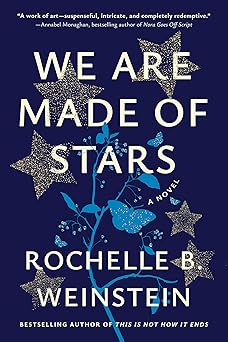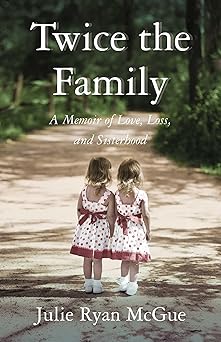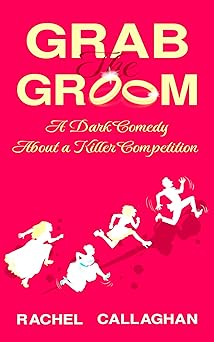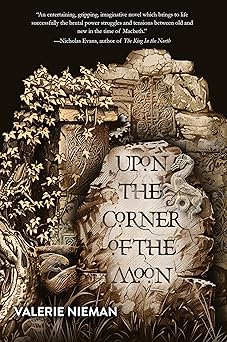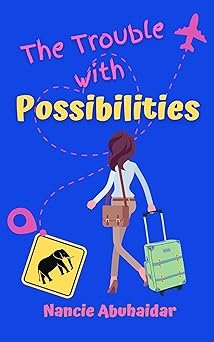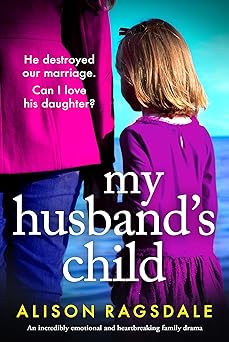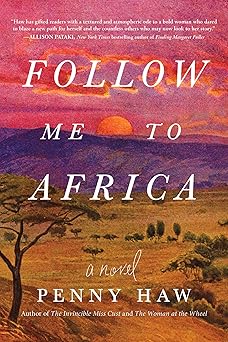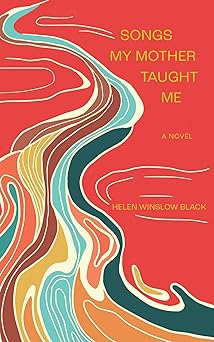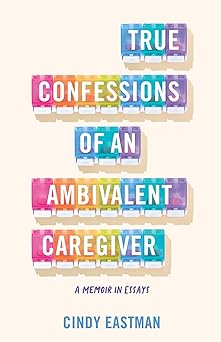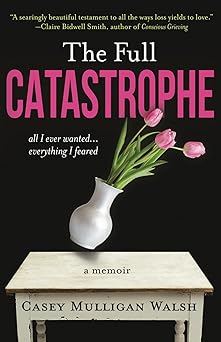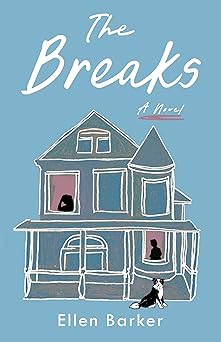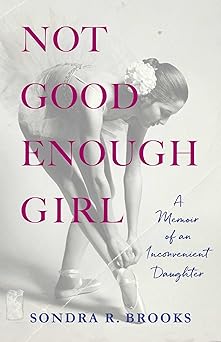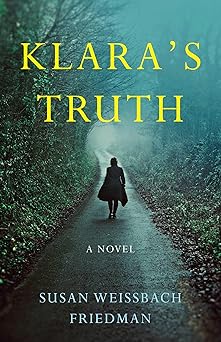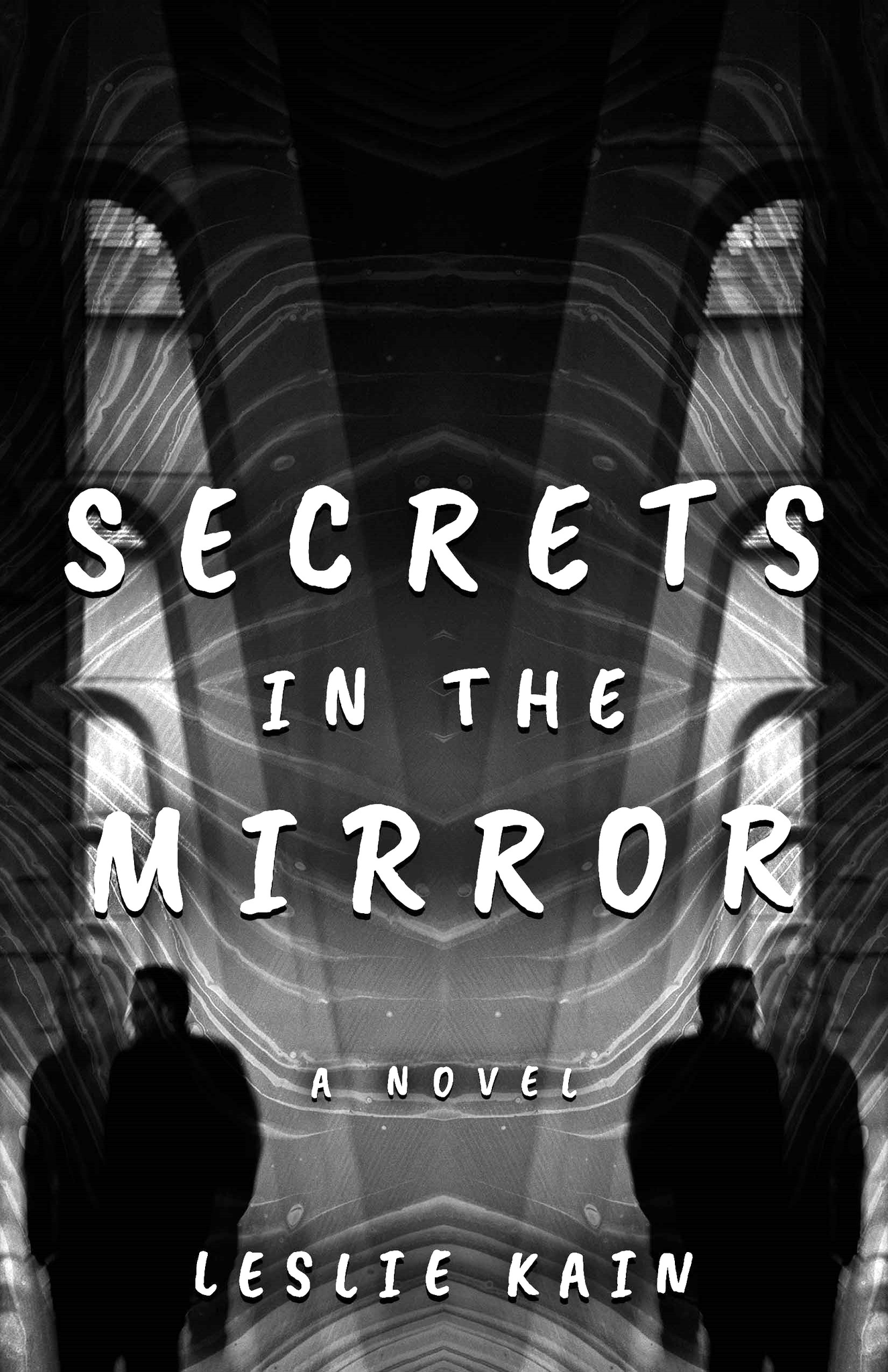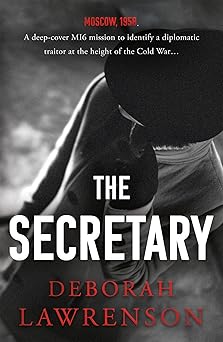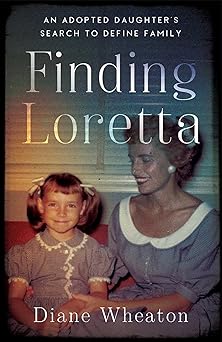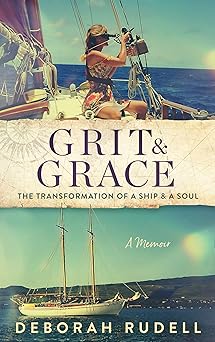How the book Understanding Ruptured Mother-Daughter Relationships was born
How the book Understanding Ruptured Mother-Daughter Relationships was born
By Khara Croswaite Brindle
 Understanding Ruptured Mother-Daughter Relationships was inspired by my client work in therapy with women of all different backgrounds. It was also informed by brief estrangement within my family tree, as well as four generations of estrangement in the family I’m married into. It’s a book that looks at a pattern I saw in the women I was serving as a therapist — specifically the energy that estrangement was taking up in their lives and the possible stages they could experience as the result of a relationship rupture with their mom.
Understanding Ruptured Mother-Daughter Relationships was inspired by my client work in therapy with women of all different backgrounds. It was also informed by brief estrangement within my family tree, as well as four generations of estrangement in the family I’m married into. It’s a book that looks at a pattern I saw in the women I was serving as a therapist — specifically the energy that estrangement was taking up in their lives and the possible stages they could experience as the result of a relationship rupture with their mom.
I first wrote about the stages I was seeing, which I named the Estrangement Energy Cycle, in 2020. We were in the thick of the pandemic, and I think I was holding onto something that made sense at a time where nothing in the greater world made sense. I posted a blog on the cycle that colleagues responded favorably to, affirming that they saw what I was seeing in their therapeutic work as well. That was when I knew I had a future book to write on the subject.
Fast forward to 2022. I had just become a mother to my own daughter and was on maternity leave when a request to review a book proposal came through, with an open invitation to pitch book ideas to the publisher. My entrepreneurial brain said, “Why not?” I was eight weeks postpartum when I submitted my book proposal, and my daughter was four months old when I started researching and writing this book.
It’s not lost on me that I was writing a book about mother-daughter estrangement while fostering healthy attachment with my own infant daughter. Upon learning about my book deal with a publisher, my mom asked me outright if there was anything I needed to tell her. That conversation still makes me chuckle since I know she was just making sure that things between us were okay and it showed she was interested in this topic too. I’d had some tumultuous teenage years with my mom that I reflected upon while writing this book, which only strengthened my gratitude for our close relationship in my adult years.
My mom had been estranged from her dad as a young adult when her parents divorced after his infidelity. I know that my grandma’s devastation about the divorce influenced my mom’s decision to stop speaking to him. My grandma was so hurt and angry that I recall her speaking poorly of my grandfather to my sister and I as early as 5 years old, encouraging us to call him a derogatory nickname in her household as a sign of allegiance to her. This memory shaped a chapter of the book on the ripple effect on families, in which family members feel pressured to declare loyalties to one family member or another as the result of the estrangement.
Fortunately for my mom, she was able to reconcile with her dad and maintained a healthy, loving relationship with him for the remainder of his life — all while setting boundaries with her mom on how she expressed her hurt and distrust in front of her grandchildren. Boundaries in families were again revisited when watching my in-laws pursue estrangement that resulted in four generations not speaking to one another over the course of several years. Observing this walking-on-eggshells dynamic, the justification for broken ties, and the sadness and hurt that resulted from those estrangements informed multiple chapters of this book, including what community members could say or do to support someone who is estranged.
As for the writing process of Understanding Ruptured Mother-Daughter Relationships, I would read and research estrangement during my daughter’s many naps as an infant, and would write for two hours every night after putting her to bed. Oftentimes the writing came easily, although sometimes I spent my evening reworking a chapter or story to address writer’s block and anchor myself in what content was coming next. A silly memory I have of this time was sitting in my closet on the floor, writing away while trying not to wake the baby, but remaining near in case she fussed or needed me.
My favorite part of the book was capturing stories of women going through the estrangement energy cycle. These are inspired by clients I’d served as a therapist for the past decade. Recalling my clients’ hard work was a gift. They’d inspired this book’s content from the very beginning and writing about their stories felt like the work had come full circle. Not only was I capturing the beautiful, vulnerable work clients had done for themselves, it would serve as a beacon of hope for other adult daughters exploring estrangement and reconciliation with their mothers.
Having colleagues to survey and provide beta reader feedback of the first draft helped flush out the content even more. My mom has been the first reader and editor of all my books and her feedback felt very symbolic for this book in particular. It even spurred some additional compassionate conversations about my grandma from the lenses of abuse and trauma that I felt helped my mom heal from rocky relationship moments in their mother-daughter dynamic too.
After writing every night, I finished and submitted my manuscript in four months time! Then came the phases of exploring cover design and awaiting the finished product to put out in the world. As I reflect on this journey today, I’m grateful for the process and connections this book has brought into my life as an author, therapist, and mother. Hearing from clinicians and adult daughters who have read the book has been very fulfilling and I hope it encourages healing for many readers, including the mothers and daughters within my own family tree.
* * *
Khara Croswaite Brindle is a licensed mental health therapist in private practice in Denver, Colorado. She holds various roles, including financial therapist, TEDx Speaker, burnout consultant, author, and professor. Her new book is Understanding Ruptured Mother-Daughter Relationships: Guiding the Adult Daughter’s Healing Journey through the Estrangement Energy Cycle (Rowman & Littlefield, July 1, 2023). Access therapeutic tools for adult daughters at estrangementenergycycle.com.
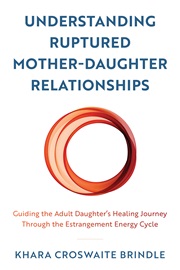 How can therapists feel prepared to address the possible treatment focus of ruptured maternal relationships in the therapeutic space? Depending on the client, the goal of therapy may be to repair an estranged maternal relationship or to finalize parental estrangement and redefine themself. This book focuses on identifying the estrangement cycle for clinical application with adult women clients by mental health professionals. It provides clinical tools to address the challenges of estrangement and adjustment needs of these clients within the spheres of personal identity, relationships, and grief and loss to promote personal growth and healing in the therapeutic space. It also engages readers by illustrating different stages of estrangement through client vignettes and by providing practical tools for mental health professionals to create a supportive and nonjudgmental space. With this resource, clinicians and clients will feel better equipped with the skills needed to tackle the emotional rollercoaster that is Estrangement Energy.
How can therapists feel prepared to address the possible treatment focus of ruptured maternal relationships in the therapeutic space? Depending on the client, the goal of therapy may be to repair an estranged maternal relationship or to finalize parental estrangement and redefine themself. This book focuses on identifying the estrangement cycle for clinical application with adult women clients by mental health professionals. It provides clinical tools to address the challenges of estrangement and adjustment needs of these clients within the spheres of personal identity, relationships, and grief and loss to promote personal growth and healing in the therapeutic space. It also engages readers by illustrating different stages of estrangement through client vignettes and by providing practical tools for mental health professionals to create a supportive and nonjudgmental space. With this resource, clinicians and clients will feel better equipped with the skills needed to tackle the emotional rollercoaster that is Estrangement Energy.
The companion resource website can be found here: https://www.estrangementenergycycle.com/
Category: On Writing




